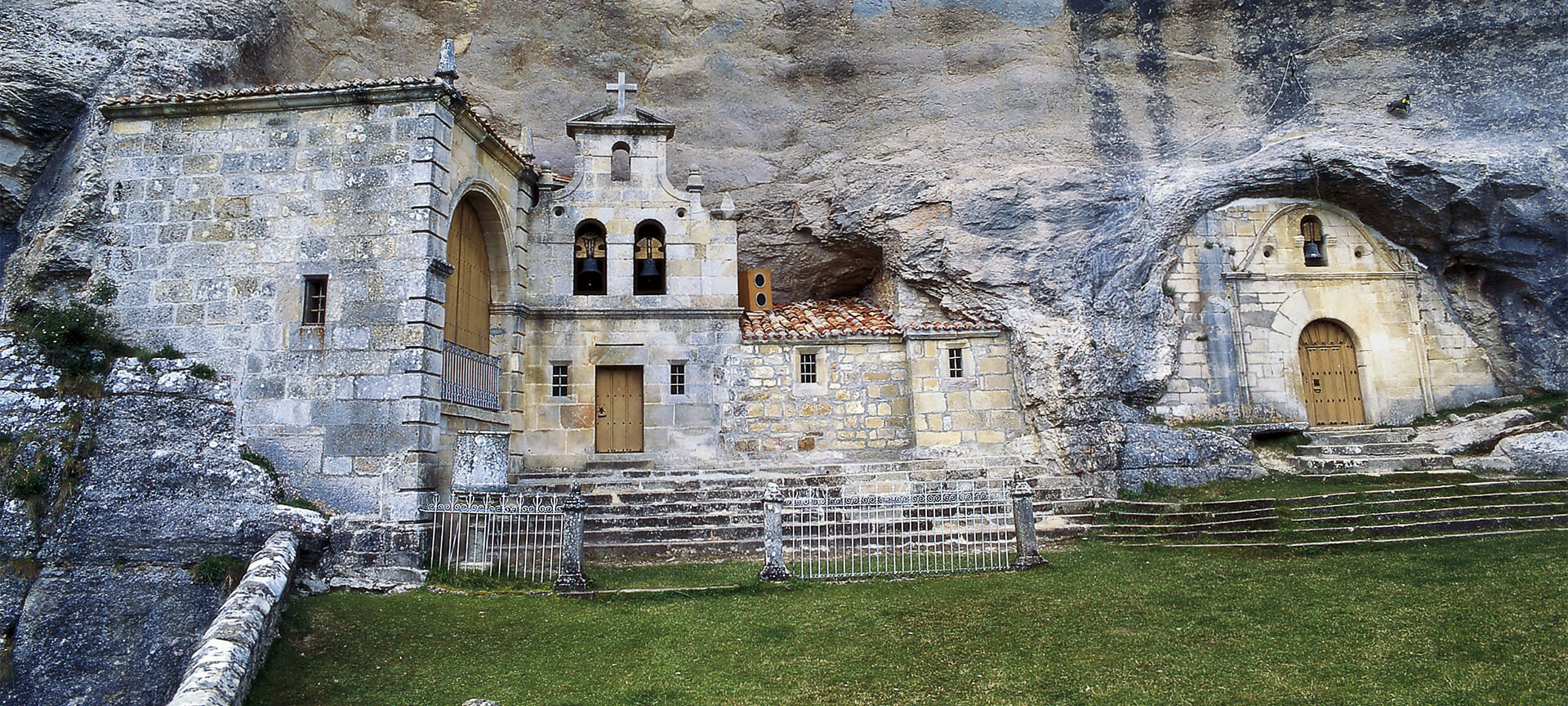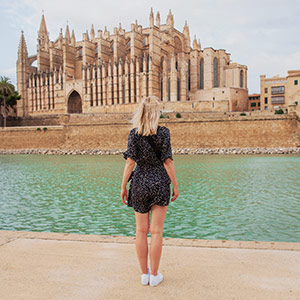
Ojo Guareña Natural Monument

It is one of the largest karst complexes in Spain and among the 10 largest in the world.
Of great beauty and speleological interest, it is home to invertebrate species that are unique in the world.The Ojo Guareña cave complex, located in the north of the province of Burgos, includes parts of the municipalities of Merindad de Sotoscueva, Espinosa de los Monteros and Merindad de Montija. It is made up of 14 main caves with a total length of over 100 kilometres, which are interconnected, creating a vast labyrinth below earth's surface. San Bernabé cave and hermitage are open to the general public, and the almost intact Palomera cave, a “cave walk” that is not suitable for children under the age of 12.The Ojo Guareña caves feature geological formations of extraordinary interest and are a very important archaeological site, where cave paintings, engravings, ceramic remains and utensils from the Middle Paleolithic to the Middle Ages have been found. Highlights include the exhibits in the Room of Paintings, the Kaite Cave, the Fountain Room and the barefoot footprints in the Room of Footprints, which date back to 4,200 to 4,600 years.
Debe activar Javascript para poder utilizar este servicio
Ojo Guareña Natural Monument
Casa del Parque Ojo Guareña
Carretera BU-526, junto al pueblo y a 7 kilómetros de la cueva
09568 Quintanilla del Rebollar, Merindad de Sotoscueva, Burgos (Castilla y Leon)
Burgos (Castilla y Leon):
- Merindad de Sotoscueva
- Espinosa de los Monteros
- Merindad de Montija
Activa JS
What you need to know
-
Cultural information
One of the main galleries of Ojo Guareña is the Cave and Hermitage of San Bernabé, which over time was an important cultural, religious and administrative centre. A guided tour of the interior is available, allowing you to admire, among other things, its rock carvings and popular paintings from the 18th and 19th centuries.
-
Environmental information
This rocky outcrop is located between two distinct climatic zones (Atlantic and Mediterranean), surrounded by a diverse landscape of mountains, forests, meadows and small valleys. Mammals such as European wildcats, genets and roe deer inhabit the area and bird species such as the eagle owl, peregrine falcon, goshawk, golden eagle and griffon vulture nest here. However, the most important wildlife is found inside the caves, where 115 species of cave-dwelling invertebrates have been discovered to date, 16 of which are native species of Ojo Guareña.
-
Information for visits
You can explore this natural space in depth through several hiking trails, with varying levels of difficulty and suitable for all ages. At the Visitor Centre, located in the small town of Quintanilla del Rebollar (7 kilometres from the cave entrance), they offer complete information on the subject.
Travel plans for inspiring you


